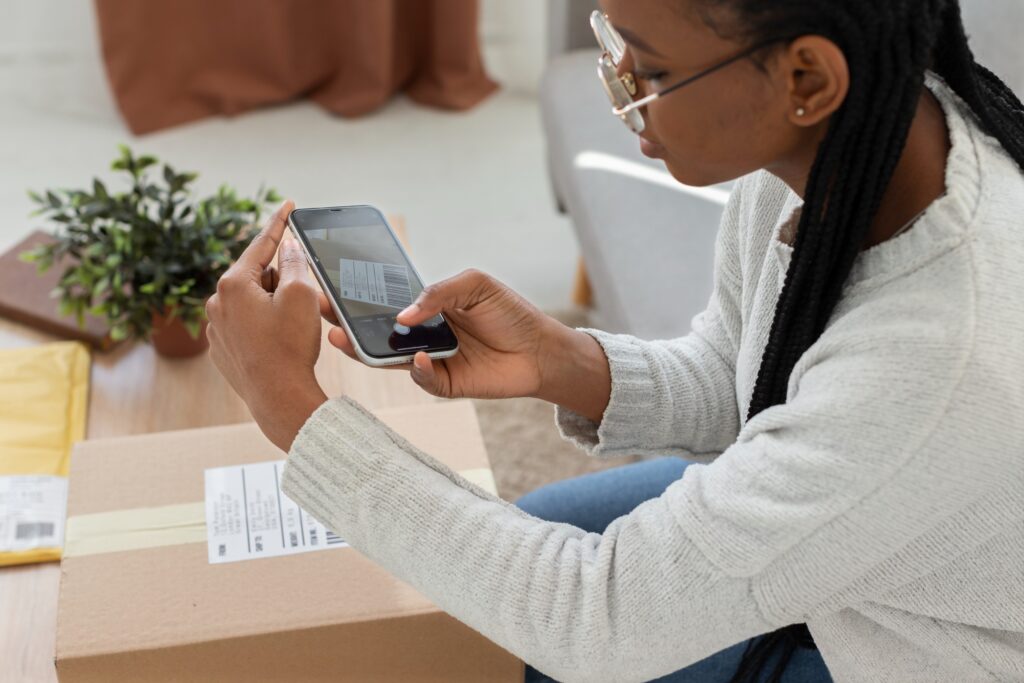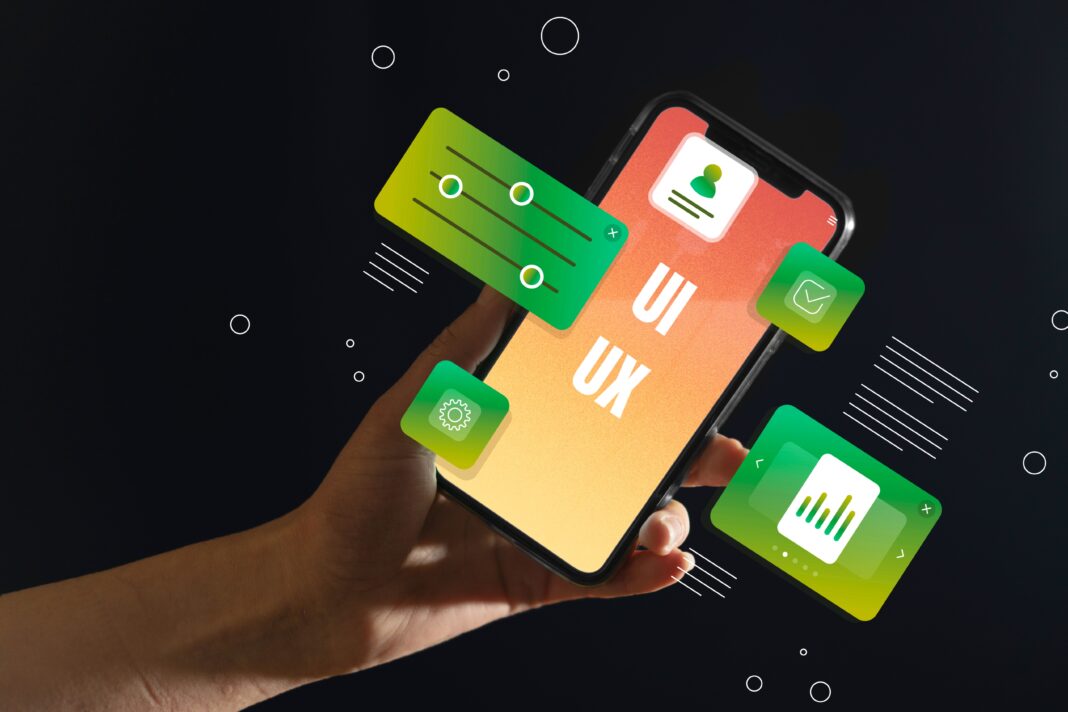Pricing an app is one of the most critical decisions developers and marketers face. Unlike physical products, apps operate in a highly competitive digital marketplace where user perception, psychological triggers, and pricing models directly impact downloads, engagement, and revenue.
Many developers make the mistake of setting prices based solely on costs or competitor benchmarks, ignoring the human psychology behind purchasing decisions. The truth is, pricing isn’t just about numbers—it’s about how users perceive value, react to pricing structures, and justify their spending.

In this in-depth guide, we’ll explore the psychological principles that shape app pricing strategies, how to leverage cognitive biases to increase conversions, and real-world case studies of apps that have mastered pricing psychology. Whether you’re launching a new app or optimizing an existing one, these insights will help you make data-driven pricing decisions that maximize profitability.
1. The Role of Perception in App Pricing: Why Users Don’t See Prices Objectively
Human beings don’t evaluate prices in a vacuum. Instead, they rely on mental shortcuts, comparisons, and emotional triggers to decide whether an app is worth the cost. Here’s how perception influences app pricing:
1.1 The Anchoring Effect: How First Impressions Shape Price Perception
The anchoring effect is a cognitive bias where people rely too heavily on the first piece of information they see (the “anchor”) when making decisions.
- Example: If an app offers a premium subscription at 19.99/monthfirst,a19.99/monthfirst,a9.99/month plan seems like a bargain—even if $9.99 was the intended target price.
- How to Use It:
- Display the highest-priced tier first to make other options appear more affordable.
- Show the original price crossed out next to a discounted price (e.g., ~~49.99 49.99 29.99).
1.2 The Decoy Effect: Steering Users Toward Your Preferred Option
The decoy effect occurs when adding a third, less attractive option influences users to choose the more expensive of the remaining two.
- Example:
- Basic Plan: $5/month (limited features)
- Premium Plan: $15/month (best value)
- Decoy Plan: $14/month (slightly worse features than Premium)
- Result: Most users will choose the $15 plan because it seems like a smarter deal.
1.3 The Power of 9: Why 0.99Outperforms0.99Outperforms1.00
Prices ending in .99 (known as “charm pricing”) create the illusion of a significantly lower cost due to the left-digit effect.
- Why It Works:
- The brain processes 4.99ascloserto4.99ascloserto4 than $5.
- Studies show that charm pricing increases sales by up to 24%.
- When to Avoid It: For luxury or high-end apps, round numbers (10,10,50) convey premium quality.
1.4 Price-Quality Heuristic: Why Users Assume Expensive Apps Are Better
Consumers often equate higher prices with higher quality, especially when they can’t test the product beforehand.
- Implications for App Pricing:
- A 9.99appmaybeperceivedasmorereliablethana9.99appmaybeperceivedasmorereliablethana0.99 one, even with similar features.
- Free apps can suffer from “low-quality stigma,” making monetization harder.
Actionable Takeaway: Test different price points and monitor conversion rates. Sometimes, increasing the price can improve perceived value and revenue.
2. Freemium vs. Paid Models: Psychological Triggers Behind Each Approach
Choosing between freemium and paid models isn’t just about revenue—it’s about user psychology. Each model attracts different behaviors and expectations.
2.1 The Psychology of Freemium: Why “Free” is Irresistible
Freemium apps rely on converting free users into paying customers. Key psychological principles at play:
- Loss Aversion: People fear losing something more than they value gaining something.
- Example: A free user who loses access to premium features after a trial is more likely to pay than a user who never tried them.
- The Endowment Effect: Users overvalue what they already “own.”
- Tactic: Give free users temporary access to premium features to create attachment.
- Social Proof: Seeing others upgrade validates the decision to pay.
- Tactic: Display “Most Popular Plan” badges to guide choices.
Case Study: Spotify’s Freemium Dominance
Spotify’s free tier includes ads and skips, making the Premium tier ($9.99/month) feel necessary for serious listeners. Their strategy exploits loss aversion—users who experience ad-free music don’t want to go back.
2.2 The Psychology of Paid Apps: Attracting Serious Users
Paid apps (one-time or subscription) filter out casual users and attract those willing to invest upfront.
- Commitment Bias: Users who pay are more likely to engage long-term to justify their purchase.
- Exclusivity Perception: A paid app signals higher quality, reducing skepticism.
- Reduced Friction: No upsells or ads improve user experience, increasing retention.
When to Use Paid Over Freemium:
- Niche apps with dedicated audiences (e.g., Procreate for artists).
- Apps where free tiers would dilute perceived value (e.g., productivity tools).
3. Subscription Pricing: How to Reduce Churn and Increase Retention
Subscriptions are the gold standard for recurring revenue, but they require careful psychological handling to prevent cancellations.
3.1 The Sunk Cost Fallacy: Why Users Stick Around After Paying
Once users invest money, they’re more likely to continue to avoid “wasting” it.
- Tactic: Offer discounts on longer commitments (e.g., “Save 20% with an annual plan”).
- Risk: Overpricing leads to high churn after the first billing cycle.
3.2 The Power of Annual Billing (And How to Sell It)
Users prefer one large, distant payment over small, frequent ones due to present bias.
- How to Frame It:
- “Pay 99/year(only99/year(only8.25/month) vs. $12.99/month.”
- Highlight total savings (“Save $56 per year!”).
3.3 Personalization: Tiered Pricing for Different User Identities
Not all users are the same. Tailor plans to different segments:
- Student Discounts: Appeals to budget-conscious users.
- Family Plans: Encourages group sign-ups (e.g., Netflix, Apple Music).
- Enterprise Plans: Targets businesses with higher willingness-to-pay.
Case Study: LinkedIn Premium
LinkedIn offers multiple tiers (Career, Business, Sales) with clear value propositions for each audience, reducing decision paralysis.
4. Discounts, Scarcity, and Urgency: How to Trigger Immediate Action
Limited-time offers exploit FOMO (Fear of Missing Out) to drive quick conversions.
4.1 The Scarcity Principle: Why “Only 3 Left!” Works
When users believe supply is limited, they act faster.
- Tactics:
- “Limited-time offer: 50% off for 48 hours!”
- “Only 100 licenses available at this price.”
4.2 Flash Sales and Seasonal Discounts
- Black Friday/Cyber Monday: Users expect discounts, making them more receptive.
- App Anniversary Sales: Creates a sense of exclusivity.
Example: Duolingo’s Streak Freezes
Duolingo uses time-limited streak freezes to keep users engaged daily.
5. Price Testing and Optimization: Data Over Guesswork
Never assume—always test.
5.1 A/B Testing Different Price Points
- Test 4.99vs.4.99vs.5.00.
- Try removing decimals (10vs.10vs.9.99).
5.2 Surveys and Willingness-to-Pay Research
Ask users:
- “What would you consider a fair price for this app?”
- “Would you pay $X for these features?”
5.3 Behavioral Analytics: Tracking Drop-Off Points
- Where do users abandon checkout?
- Which pricing page has the highest conversion?
FAQ Section
Q: Why do most apps use 0.99insteadof0.99insteadof1.00?
A: The left-digit effect makes $0.99 feel significantly cheaper, even though the difference is just one cent.
Q: How often should I change my app’s pricing?
A: Avoid frequent changes. Test prices quarterly but maintain consistency to build trust.
Q: Are subscriptions better than one-time purchases?
A: It depends. Subscriptions ensure recurring revenue but require constant value delivery. One-time purchases attract users who dislike commitments.
Conclusion
App pricing is a blend of psychology, data, and strategy. By understanding cognitive biases—like anchoring, loss aversion, and scarcity—you can design pricing models that maximize conversions and retention.

